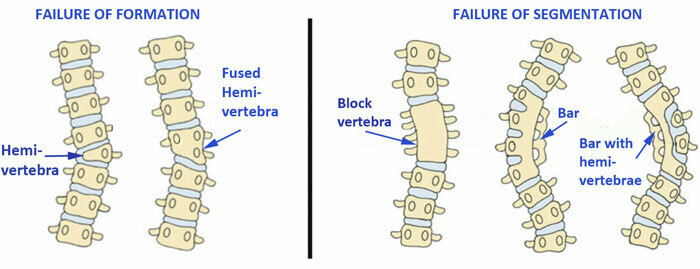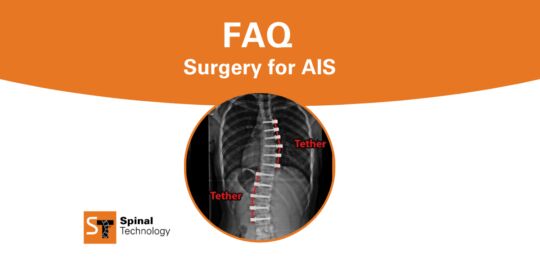How many types of scoliosis can you name? The most common form is Adolescent Idiopathic Scoliosis (AIS) which is diagnosed in 2-5% of all children and there still remains to be no known cause. You can refer to all of our published materials about AIS here.
The other types of scoliosis are:
1. Neuromuscular Scoliosis
Neuromuscular scoliosis is an irregular spinal curvature caused by disorders of the brain, spinal cord, and muscular system. Nerves and muscles are unable to maintain appropriate balance / alignment of the spine and trunk. - Scoliosis Research Society
The common conditions that can lead to neuromuscular scoliosis developing are:
- Marfan syndrome
- Muscular dystrophy
- Cerebral palsy
- Spina bifida
2. Congenital Scoliosis
Congenital scoliosis is a sideways curvature of the spine that babies are born with. Of the three main types of scoliosis, congenital scoliosis is the least common, affecting about 1 in 10,000 newborns. - Boston Children's Hospital
There is also no known cause. The common distinctions of congenital scoliosis are:
- Improper formation of vertebrae
- Improper separation of vertebrae

3. Adult de Novo Scoliosis
De novo scoliosis is a sideways spinal curve that appears in adulthood. The difference between de novo scoliosis and degenerative scoliosis is that de novo scoliosis affects patients who have never had scoliosis in the past. -Scoliosis SOS Clinic
Even when adults have not had any indication of scoliosis as adolescents, they can still develop scoliosis as an adult for a variety of reasons. The majority of these types are caused by deterioration of the spine as a result of natural aging. However, there are also other causes that can lead to adult scoliosis:
- Degenerative
- Traumatic
- Pathological
- Idiopathic


